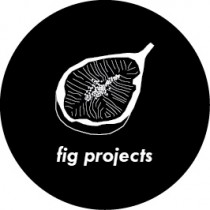What tools and strategies can be used to draw a completely new map of Kitakyushu?
Aimed at drawing the map of an unknown territory, in this case Kitakyushu, the question defines a project that replicated, in contemporary key, the attitudes and techniques of ancient explorers.
Starting from the artificial condition of absence of information, getting lost and needing to find a way to orient movements across the city, perceived as a terra incognita, allowed us to render manifest predefined ideas, attitudes, tendencies, ways of seeing proper to the observer.
The first operation consisted in the creation of an unnatural condition: to avoid using already existing maps of the city. A GPS device (Global Positioning System) was used to register itineraries, tracks and relevant spots of several explorations realized during two months. Data from the GPS were then been inserted into a CAD drawing to obtain a representation of several drifts through the territory of Kitakyushu, almost as a palimpsest where to insert notes, sketches, objects found during the wandering, snapshots and filming. The use of an extremely accurate electronic device was developed in analogy with the tradition of the geographical explorations of the XIX century, when the use of scientific instruments allowed the definition of a structure for the registration of subjective experience. The map rather than becoming the objective representation of a given territory, was transformed into a travel diary, that revealed the processes of discovery and loss.
[portfolio_slideshow id=110]
N 33°51.917′, E 130°47.808′ are latitude and longitude of the Center for Contemporary Art in Kitakyushu, Japan.
Exhibition and book N 33°51.917′, E 130°47.808′
gruppo A12 and Francisca Insulza
Center for Contemporary Art, Kitakyushu, Japan
28 January to 15 February 2002

